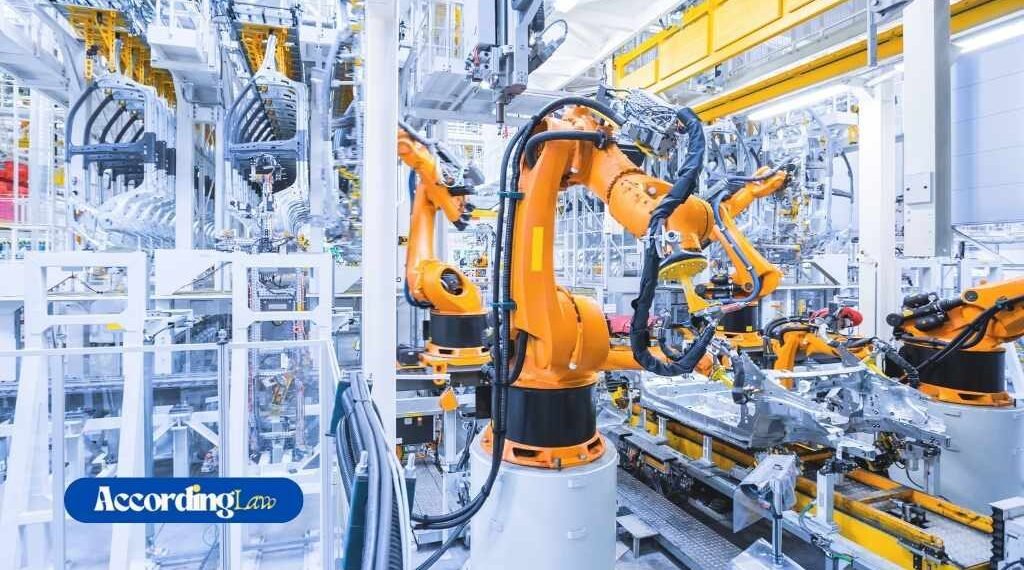Construction tasks nowadays are faster, larger, and more complicated than ever before. Deadlines are tight, budgets are lean, and mistakes can quickly spiral into pricey setbacks. In this environment, correct estimation isn’t only a useful step, it’s the spine of a hit build. Traditionally, estimation required painstaking guide calculations, countless spreadsheets, and a watch for detail that left little room for errors. But with the upward push of automation, this technique is changing.
Automation is now not a futuristic idea; it’s already embedded in civil engineering offerings, architectural planning, and even specialty trades like Millwork Estimating Services. At its core, automation in estimation combines software programs and information analytics and includes workflows to make mission planning smarter, faster, and more reliable.
Table of Contents
Why Automation Matters in Estimation
Manual estimation regularly leaves room for human errors. A lacking measurement, an old cloth cost, or a simple miscalculation can ripple through a whole venture. Automation reduces these dangers by relying on real-time facts, superior algorithms, and virtual modeling. The result is estimates that can be more accurate and lots quicker to produce.
Key benefits consist of:
This shift allows engineers, contractors, and architects to focus on higher-stage decision-making instead of repetitive range crunching.
How Civil Engineering Uses Automation
For Civil Engineering Services, automation is reshaping the way infrastructure initiatives are deliberate. Roadways, bridges, and drainage structures all require precise price projections to keep away from overruns. By the use of automated equipment, civil engineers can:
Instead of spending hours recalculating each time a design changes, automation updates estimates instantly, keeping tasks agile and adaptable.
The Value for Millwork Estimating
Millwork, with its custom cabinetry, moldings, and finishes, is one of the most detail-oriented aspects of creation. A small mistake in measurements or material portions can result in highly priced waste. Automation offers millwork estimators equipment to:
With automation, millwork estimating offerings can supply dependable numbers that align perfectly with both layout purpose and budget realities. This no longer only saves money but additionally reduces material waste, a more and more critical thing in sustainable construction.
Designing & Drafting with Automation
Accurate estimation is directly connected to drafting. The more unique the design, the more dependable the estimate. Automation connects those regions with the aid of turning drawings and fashions into value-added information.
For instance:
This direct link between drafting and estimating closes the space between design intent and creation reality. It guarantees that what’s on paper (or on the display screen) aligns with what’s less expensive on the website.
Practical Applications Inside the Field
Automation isn’t abstract, it’s already being utilized by contractors and engineers in real-world projects. Examples consist of:
In each case, automation brings clarity where uncertainty once lived.
Challenges to Consider
Despite its clear blessings, automation in estimation isn’t without demanding situations. Some firms worry about the premature value of new software, even as others worry about dropping the human oversight that provides instinct to numbers. However, automation isn’t designed to replace experts. It complements their paintings by way of lowering errors and freeing up time for strategic thinking.
Key challenges encompass:
These demanding situations are real, but they may be temporary. The long-term gains in accuracy, pace, and performance outweigh the initial hurdles.
The Future of Automated Estimation
Looking ahead, automation will probably come to be even more intelligent. With the upward push of AI and machine learning, estimation equipment will not just calculate, they will expect. Systems can also soon analyze historical data, weather situations, and market developments to forecast mission risks and costs before they manifest.
This future makes civil engineering, millwork estimation services, and Designing and Drafting even more interconnected. Automation will act as the common thread, ensuring every field is aligned and tasks run more easily from beginning to finish.
Final Thoughts
Automation is not approximately changing human know-how, it’s approximately amplifying it. Estimators, engineers, and drafters nonetheless deliver the judgment, creativity, and realism that software can’t reflect. But with the aid of removing repetitive duties and reducing mistakes, automation allows them to focus on what they do great: constructing smarter, more secure, and more cost-effective projects.
For creation experts, embracing automation in estimation isn’t only a competitive advantage anymore, it’s quickly becoming a need.


